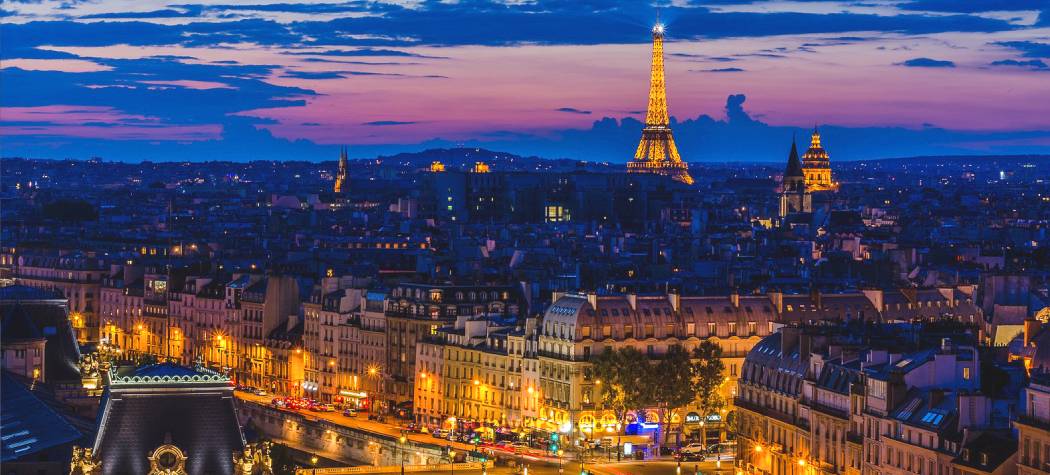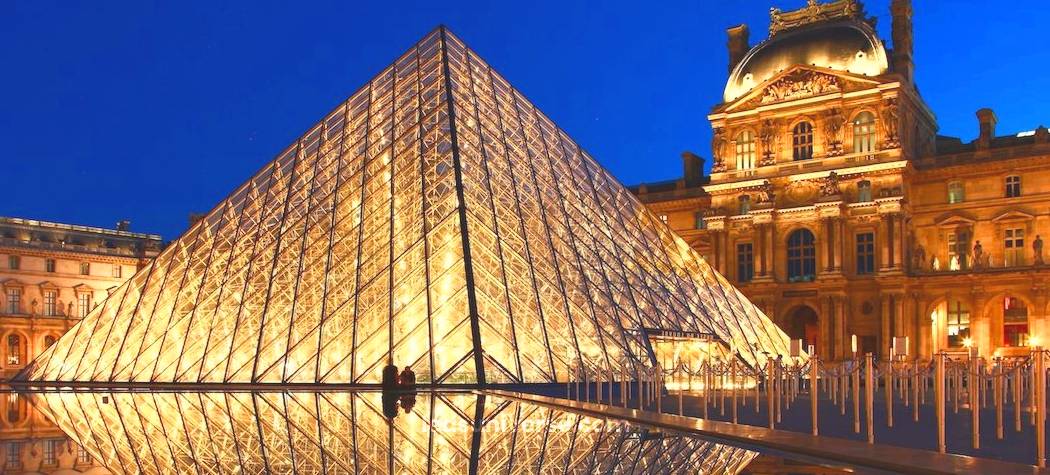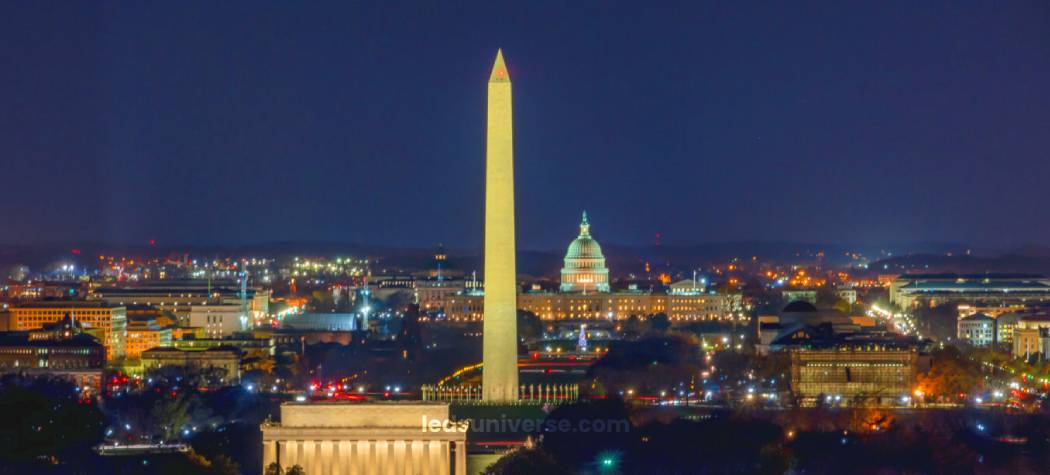Proper lighting enhances both the allure and safety of these spaces, fostering a deeper connection to cultural heritage. Monument lighting grants offer vital support for those looking to illuminate these landmarks and ensure their stories remain visible, day or night.
Monument lighting grants provide financial assistance to illuminate historically and culturally relevant monuments. These grants are designed to help communities and organizations enhance the visibility of their landmarks, both during the night and in dim lighting conditions. Whether administered by governments, non-profit organizations, or private entities, these grants help preserve and showcase historical legacies.
Reach out for free lighting consultation
Table of Contents
Toggle
Applying for monument lighting grants involves several phases that require careful planning, documentation, and attention to detail. While each grant provider may have specific steps, the process generally follows a similar structure:
The initial phase of the application process involves researching various grants to identify those that align with the monument in question. Each grant provider might have different criteria or focus areas. For example, some grants may prioritize lighting for monuments with significant historical value, while others might be more concerned with energy-efficient lighting technologies. Understanding the scope of available grants ensures that the application is tailored appropriately.
The application will often require detailed documentation, including a description of the monument, its historical importance, and the lighting project proposed. This documentation should outline the current condition of the monument, any existing lighting issues, and how the new lighting system will improve the monument’s visibility or public safety. In many cases, photographs, architectural plans, and detailed cost estimates are also necessary.
A clear project plan is an integral part of a successful application. The project plan should detail the scope of the lighting installation or upgrade, outlining key milestones, timelines, and projected completion dates. The more precise the project timeline, the better the chances of being approved for the grant.
Once the documentation and project plan are complete, the next step is to submit the application. Some grant providers require digital submissions, while others may prefer hard copies. Ensure that all the necessary attachments, forms, and signatures are included before sending off the application to avoid delays or rejections due to incomplete information.

After submission, keeping an open line of communication with the grant provider can be beneficial. Some organizations may request additional information or updates on the project plan. Following up with any queries or concerns promptly can demonstrate a commitment to the project and the grant’s objectives.
Each grant program has specific requirements that applicants must meet to qualify for funding. Some requirements may relate to the monument’s historical status, the proposed lighting project, or the applicant’s ability to complete the project within the designated timeframe. Although each grant differs, some common requirements apply to most monument lighting grants.
Many grant providers prioritize projects that involve monuments of historical, cultural, or architectural significance. Applicants must demonstrate how the monument represents a part of local, national, or global heritage. The grant organization may ask for documentation proving the monument’s historical importance, which could include its listing on heritage registers or protected status under conservation laws.
Increasingly, grant providers are interested in projects that use energy-efficient or environmentally friendly lighting solutions. LED lighting systems, solar-powered lights, and other sustainable technologies are often favored over traditional lighting systems. Applicants must demonstrate how their project incorporates energy-saving technologies, both for environmental reasons and to minimize ongoing operational costs.
Depending on the location of the monument, there may be specific local regulations governing lighting installations, particularly for heritage sites. Before applying, it’s essential to confirm that the proposed project adheres to all necessary building codes, conservation laws, and local government regulations regarding the preservation and lighting of historical monuments.

Grant providers will want to ensure that the project is both viable and realistic. Applicants must present detailed cost estimates for the lighting system, installation fees, and any future maintenance required. Some grants may ask for multiple quotes from contractors or suppliers to verify that the funding request is justified. Projects with a clear and achievable financial plan are more likely to receive funding.
Lighting installations require ongoing maintenance to ensure their effectiveness and longevity. Many grants require applicants to demonstrate how they will maintain the lighting system once it has been installed. This could include setting aside funds for future repairs or establishing a partnership with a local company to oversee routine maintenance.
The amount of funding available varies depending on the specific grant program, the monument’s size, and the scope of the lighting project. Some grants may fully cover the costs, while others offer partial funding, requiring the applicant to secure additional funds from other sources. Below is an example of a range of funding amounts provided by different types of grant programs:
| Grant Type | Funding Range | Additional Notes |
|---|---|---|
| National Heritage Grants | $10,000 – $50,000 | Typically requires matching funds from the applicant |
| Local Government Conservation Grants | $5,000 – $25,000 | Focuses on small-scale local monuments |
| Private Foundation Grants | $20,000 – $100,000 | May prioritize energy-efficient projects |
| International Cultural Heritage Grants | $50,000 – $200,000 | Geared towards globally recognized heritage sites |
| Corporate Sponsorships | Variable | May offer in-kind donations such as lighting equipment |
The funding amounts are influenced by several factors, including the monument’s prominence, the scale of the lighting project, and the financial capacity of the grant provider. While some grants cover all aspects of a project, others may be more restricted in their scope, requiring applicants to source additional funding from other partners or sponsors.
Monument lighting grants offer a valuable resource for communities, governments, and organizations looking to enhance the visibility and attractiveness of cultural landmarks. By providing financial assistance for energy-efficient, sustainable lighting projects, these grants not only help preserve and showcase historical monuments but also contribute to public safety and urban beautification.
Navigating the grant application process requires careful planning, thorough research, and clear project development. Meeting the specific requirements of each grant program and demonstrating the long-term value of the proposed lighting project can significantly improve the chances of securing funding. With the right approach and careful attention to detail, monument lighting projects can breathe new life into treasured historical sites, offering communities an opportunity to celebrate and share their cultural heritage in a whole new light.